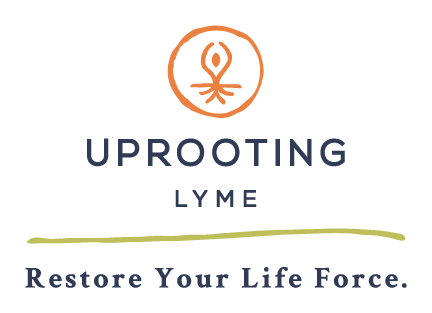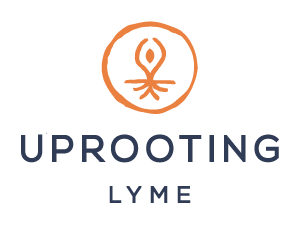
Reflections on Embodiment
Part 1 of our “Embodiment Series” with Daniel Weinberg, LAc.
As I was pondering a topic for this blog post, I found myself drawn to the concept of embodiment. I’d encountered the word “embodied” or “embodiment” many times — for example, in the context of a lifestyle or wellness brand promoting mindfulness in some way — and often wondered what the term really meant. Was I living an embodied existence?
I was inspired to call in an expert, so I sought guidance from my friend Jacob Kyle. Kyle is the Founding Director of Embodied Philosophy (EP), “a school of interdisciplinary, contemplative education” that seeks to “bridge the gap between historical, text-based scholarship and the embodied practices that arise from contemplative texts and traditions.” In other words, EP offers the intellectual context needed to grasp embodiment-related concepts via podcasts, online courses and articles.
Jacob offered me a link to an episode from “CHITHEADS”, an EP podcast (chit is a Sanskrit word meaning consciousness or to comprehend). In the episode, Jacob interviews author Christine Caldwell on her book: “Bodyfulness: Somatic Practices for Presence, Empowerment, and Waking Up in This Life.” Caldwell describes embodiment as a state of opening up to the current lived experience of one’s body.
Let’s allow that concept to marinate a bit while we link it to the experience of receiving acupuncture. Chances are, if you are reading this, you’ve received acupuncture before. But if you haven’t, there is a period of time after your practitioner has completed their intake and placed the needles where you get to rest. It’s a unique kind of rest, though, because you might be trying your best to not fidget around and disrupt the needles; or you might sink into a deep sleep; or begin to experience pathways of sensation throughout your body. You might not experience any of these things, which is also okay.
Those 15 to 30 minutes, while you rest with the needles, is a prime opportunity to simply pay attention, to get out of your head and settle into your body. If this idea feels inaccessible to you, try focusing your attention on your feet, or feeling the weight of your body being supported by the treatment table.
One way I tune into a more embodied state is through a basic Qi Gong exercise called Kidney Breathing, which helps maximize lung capacity and encourages cell oxygenation (amongst many other health benefits). Here’s the exercise, if you feel inspired to try it at home:
- Choose an appropriate surface to lay upon. It should be firm, but comfortable (a folded blanket on top of a yoga mat is ideal, while a soft mattress is not) and not too cold. A small pillow or yoga block can be used to support the head and keep the neck straight.
- Lay down on your back, rest your arms at your sides and bend your knees so your feet are flat on the ground.
- Focus your breathing into the space between your mid-back and sacrum, allowing your lower back to gently sink toward the floor with each exhale and naturally rise with each inhale.
- You can close your eyes, but do your best to avoid falling asleep.
Can we simply pay attention to the current lived experience of our bodies? Without judgment, or even the need to translate our experience into a verbal narrative? Asking these kinds of questions is how I am currently deepening my practice and understanding of embodiment.
My hope is that we can continue to explore the topic of embodiment together, not only as a series of posts, but also as a conversation in the treatment space at our clinic.
Until next time, take good care.
Daniel Weinberg, L.Ac
Schedule with Daniel today! Email us at info@noulifehealth.com to set up an appointment.





